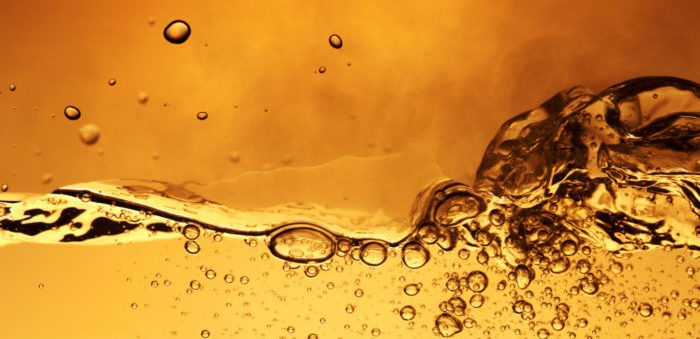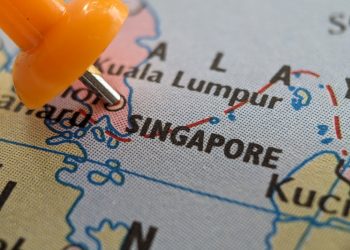After the recent contamination in marine fuel that clogged and damaged ship engines in Singapore, HFW focused on the inadequacy of ISO 8217 to detect these contaminants. The law firm also questions whether it is practical or feasible to overhaul the ISO 8217.
Six samples of ship fuel in Singapore had caused severe sludging at centrifuges, clogged pipelines, and overwhelmed fuel filters. The first problem sample in Asia was found on April 13 in Port Kelang in Malaysia, which led to a dead ship that had to be towed back to port with all fuel pumps damaged.
[smlsubform prepend=”GET THE SAFETY4SEA IN YOUR INBOX!” showname=false emailtxt=”” emailholder=”Enter your email address” showsubmit=true submittxt=”Submit” jsthanks=false thankyou=”Thank you for subscribing to our mailing list”]
These findings come after reports of more than 100 vessels that loaded contaminated fuel in the US Gulf Coast, Panama and the Dutch Antilles earlier this year, Reuters reported.
These off-spec bunkers were not detected by the ISO 8217 testing requirements. This raises the question whether it is practical or feasible to overhaul the ISO 8217 to bring stricter testing to try and identify harmful compounds before they pass the ship’s manifold, the company said.
For this reason, the latest edition of ISO 8217 which was released in May 2017 will be updated in order to address the introduction of the 2020 Low Sulphur Regulations 2, but may need further review if the current contamination issues persist.
The drafters of the ISO 8217:2017 recognised the problem of bunker contamination and the challenges experienced. The latest version will try to give emphasis to Annex B on the supplier monitoring quality control, requiring that the “refinery, fuel terminal or any other supply facility, including supply barges and truck materials, having in place adequate quality assurance and management of change procedures to ensure that the resultant fuel is compliant with the requirements of Clause 5”, which provides that the fuel should be free from harmful materials.
Annex B also refers to the difficulty of testing the fuel for material that can cause it to be unacceptable, underlining the technical and practical problems arising in the hunt for harmful contaminants.






























































